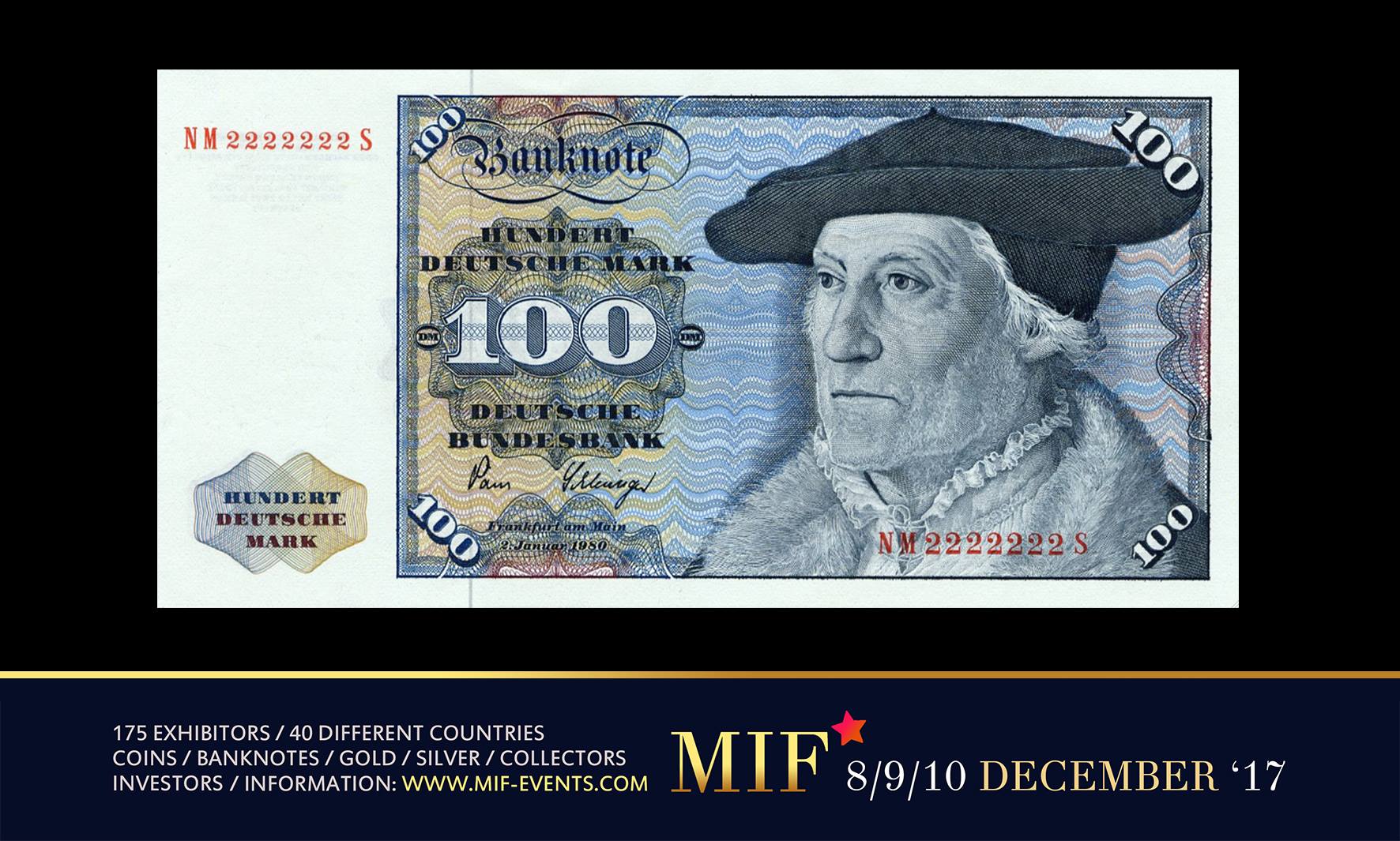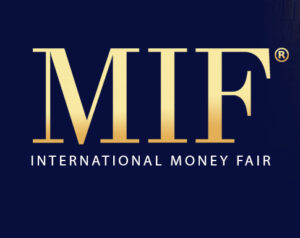
During the MIF, several exhibitioners from Germay will be present in Maastricht. The Deutsche Mark (German: ‘German mark’), abbreviated ‘DM’ or ‘D-Mark’, was the official currency of West Germany from 1948 until 1990 and later the unified Germany from 1990 until 2002.
It was first issued under Allied occupation in 1948 to replace the Reichsmark, and served as the Federal Republic of Germany’s official currency from its founding the following year until the adoption of the euro. In English, but not in German, it is commonly called the ‘Deutschmark’
In 1999, the mark was replaced by the Euro; its coins and banknotes remained in circulation, defined in terms of euros, until the introduction of euro notes and coins in early 2002.
The Deutsche Mark ceased to be legal tender immediately upon the introduction of the euro — in contrast to the other eurozone nations, where the euro and legacy currency circulated side by side for up to two months. Mark coins and banknotes continued to be accepted as valid forms of payment in Germany until 28 February 2002.
The Deutsche Bundesbank has guaranteed that all German marks in cash form may be changed into euros indefinitely, and one may do so in person at any branch of the Bundesbank in Germany. Banknotes and coins can even be sent to the Bundesbank by mail. In 2012, it was estimated that as many as 13.2 billion marks were in circulation, with polls showing a narrow majority of Germans favouring the currency’s restoration.
On 31 December 1998, the Council of the European Union fixed the irrevocable exchange rate, effective 1 January 1999, for German mark to euros as DM 1.95583 = €1.
One Deutsche Mark was divided into 100 Pfennige.



